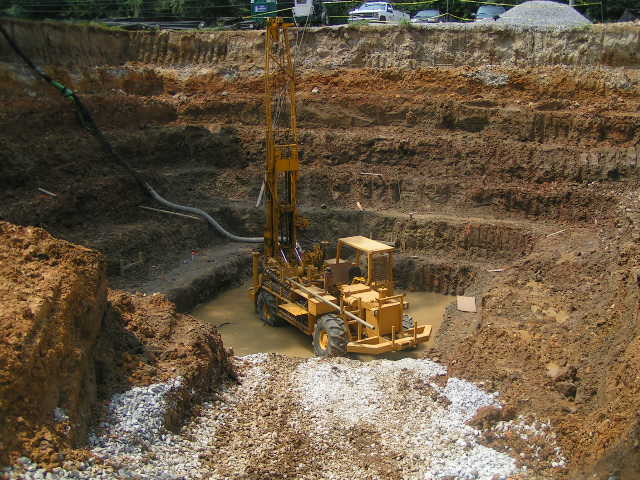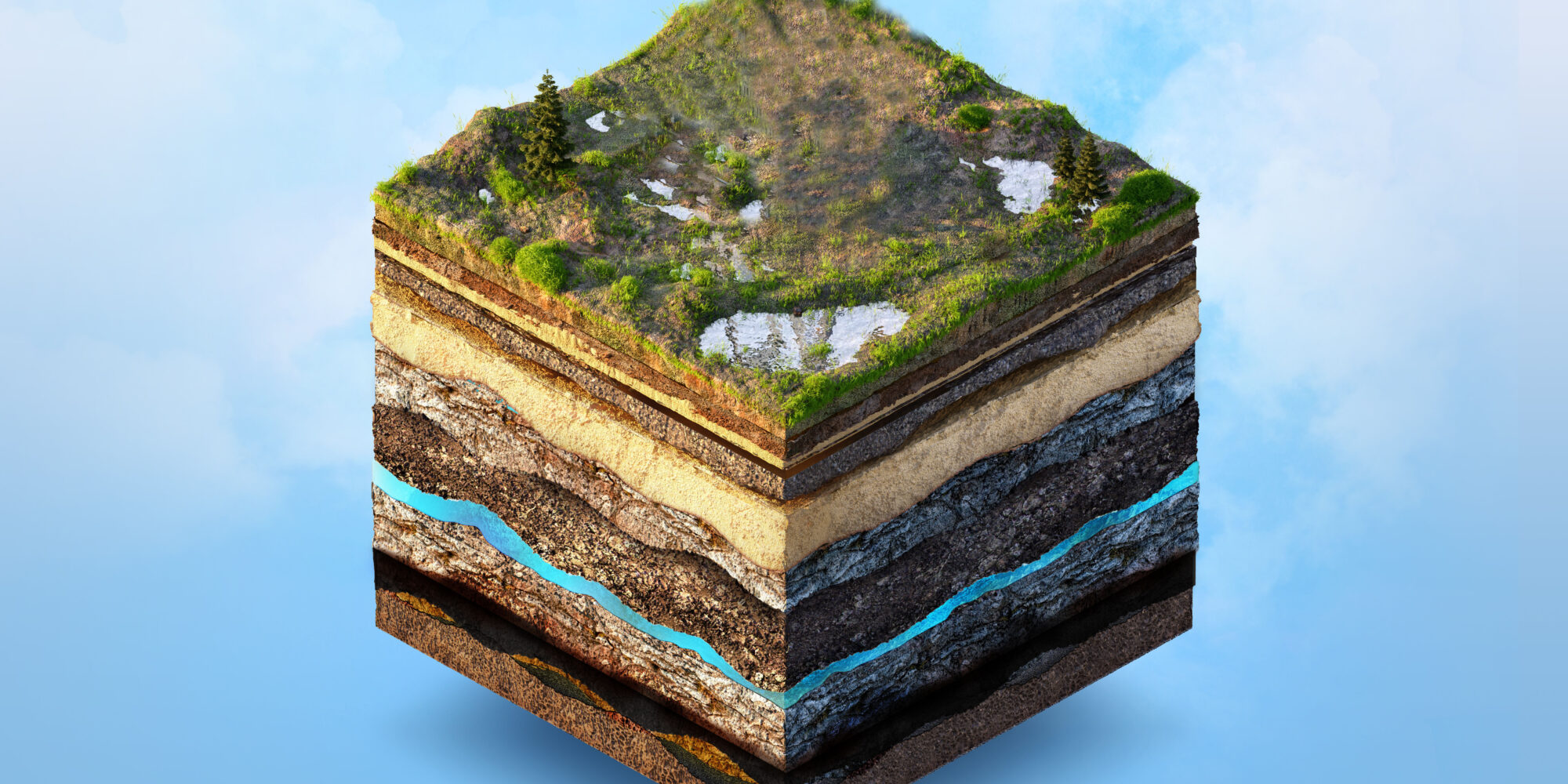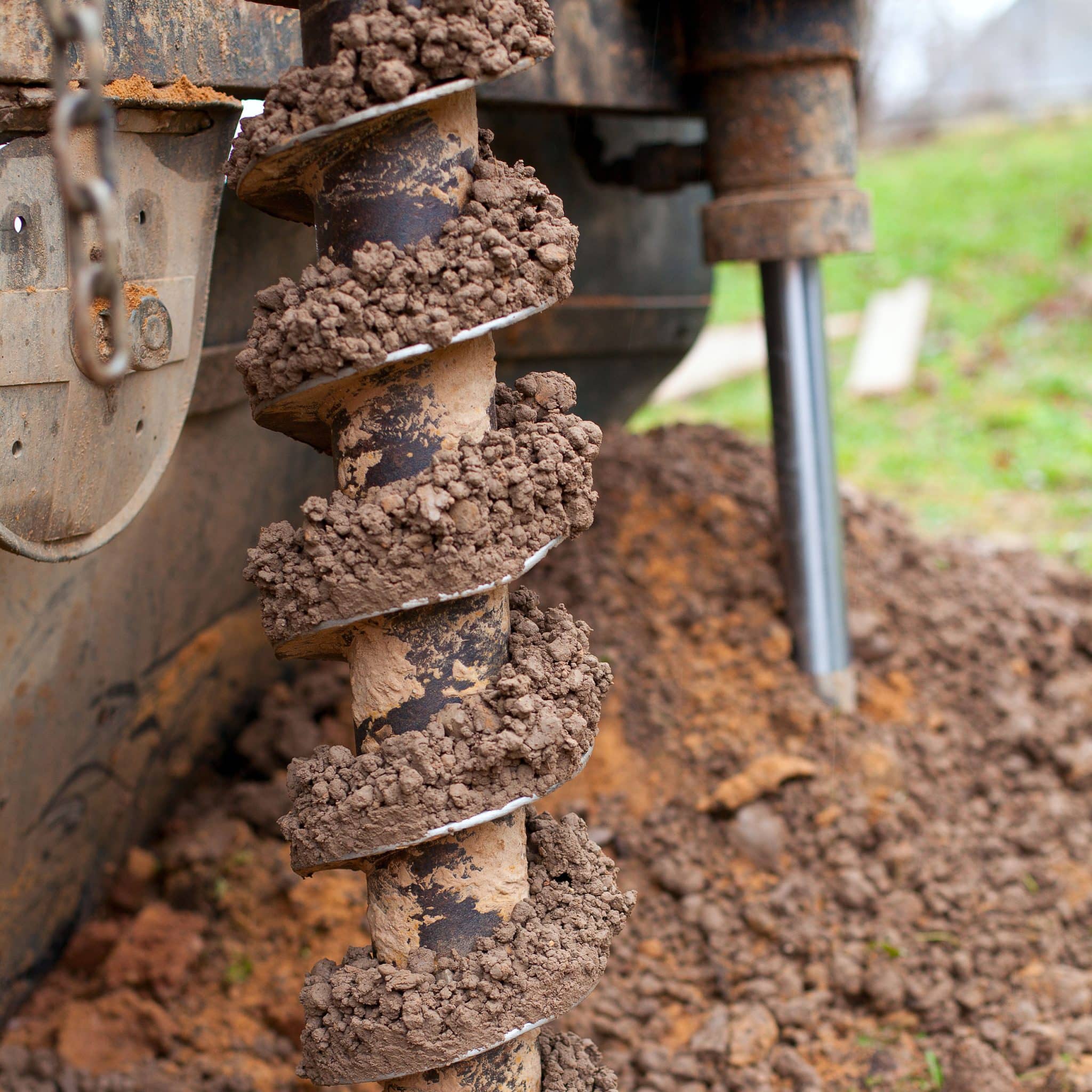The Effect of Geotheta on Improving Soil Security and Structural Honesty
Wiki Article
Diving Into Geotechnical Solutions: the Essential Role of Soil Analysis, Quake Danger Assessment, and Geosynthetics in Structure Sustainable and Safe Frameworks
Dirt analysis, quake danger assessment, and the implementation of geosynthetics are important elements that ensure the honesty and durability of structures. By understanding the composition of the dirt, forecasting seismic threats, and incorporating cutting-edge products, engineers can reduce threats and boost the resilience of framework.
Importance of Dirt Analysis
Recognizing the significance of soil evaluation is critical in making certain the architectural integrity and stability of any building and construction job. Soil analysis supplies crucial details about the dirt structure, stamina, and potential risks that may affect the structure of a framework. By carrying out complete dirt analysis, engineers can identify the proper structure style, building approaches, and essential preventative measures to mitigate any kind of prospective threats.Among the main reasons soil evaluation is crucial is its duty in determining soil properties that can impact the stability of a structure. Factors such as soil bearing ability, negotiation characteristics, and water web content can dramatically affect the structural performance of a construction job. Without correct dirt evaluation, the foundation might go to risk of working out unevenly, leading to structural damage or perhaps collapse over time.
In addition, soil analysis helps in assessing the threat of all-natural disasters such as floodings, quakes, or landslides. By comprehending the soil's behavior under different conditions, designers can execute ideal actions to boost the resilience of the framework and make certain the safety and security of residents. geotheta. To conclude, dirt analysis is a basic action in the building and construction procedure that ought to never ever be forgotten
Assessing Quake Dangers
Given the critical role of soil analysis in establishing architectural security, it is imperative to additionally examine earthquake risks when planning and creating structures and facilities. Earthquake danger analysis includes assessing the potential seismic risks that a website may deal with based upon its location and geological qualities. This procedure aids designers and designers recognize the degree of risk posed by quakes and help in designing structures that can endure such occasions.Analyzing quake dangers usually entails examining historic seismic activity in the area, establishing the site's proximity to geological fault, and evaluating the dirt make-up to predict exactly how the ground will respond to seismic waves. By conducting a thorough earthquake danger evaluation, engineers can implement appropriate mitigation actions, such as incorporating seismic-resistant design features right into structures, to enhance their durability versus quakes.

Duty of Geosynthetics
Geosynthetics play a critical duty in enhancing the efficiency and toughness of civil design frameworks. One key aspect of geosynthetics is their support capability, where they can enhance the strength of soils, supplying improved support for roadways, embankments, and maintaining wall surfaces.They are additionally made use of in water drainage applications to assist in the reliable circulation of water, preventing saturation and disintegration of dirt. In addition to their technological functions, geosynthetics are valued for their sustainability, as they can decrease the need for natural resources and reduced building and construction costs.
Structure Lasting Structures
The application of ecologically aware techniques in building and construction is critical for fostering the advancement of sustainable structures. Structure sustainable structures involves utilizing products and style strategies that reduce ecological influence, minimize energy consumption, and promote long-lasting strength. Including sustainable practices such as making use of recycled materials, optimizing power efficiency, and carrying out green structure qualifications like LEED can considerably boost the environmental performance of a framework.One trick aspect of structure sustainable structures is the reliable use resources. This consists of creating structures that optimize all-natural light, air flow, and insulation to lower the reliance on synthetic lighting, heating, and cooling down systems. Furthermore, incorporating renewable resource resources such as solar panels or wind generators can even more lower the carbon footprint of a structure while additionally potentially reducing long-lasting power expenses.
Moreover, lasting structures typically prioritize water conservation by including functions like rainwater harvesting systems, low-flow fixtures, and drought-resistant landscape design. By taking on these eco-friendly techniques, construction projects can not just decrease their environmental influence yet also add to creating healthier and a lot more durable built settings for future generations.
Ensuring Safety And Security in Building And Construction
In the world of sustainable construction techniques, a fundamental top priority is making sure the security of all employees associated with the structure procedure. Safety in building and construction incorporates numerous aspects, consisting of using appropriate individual safety tools (PPE), adherence to safety methods, regular training on risk acknowledgment and mitigation, and the execution of emergency situation reaction plans. Building and construction sites are naturally risky environments, with potential threats varying from falls and falling objects to electric crashes and structural collapses (geotheta). Consequently, it is necessary for building and construction firms to prioritize safety measures to avoid injuries and crashes.
Verdict
Finally, soil evaluation, earthquake risk evaluation, and the use of geosynthetics play crucial functions in making certain the sustainability and safety of frameworks. By understanding the properties of soil, evaluating quake risks, and using geosynthetics for support, designers can develop structures that are both resilient and resilient. It is important for building specialists to prioritize these geotechnical solutions to produce sustainable and risk-free buildings for the future.Soil analysis, quake threat assessment, and the application of geosynthetics are vital parts that guarantee the honesty and durability of buildings. Soil analysis offers necessary details about the dirt structure, toughness, and possible threats that might influence the foundation of a structure.One of the main reasons soil evaluation is vital is its role in determining soil residential or commercial properties that can impact the security of a building.In verdict, soil evaluation, earthquake risk assessment, and the usage of geosynthetics play crucial functions in guaranteeing the sustainability and safety of frameworks. By comprehending the residential properties of soil, evaluating earthquake risks, and using geosynthetics for support, engineers can construct structures that are both resilient and resilient.
Report this wiki page